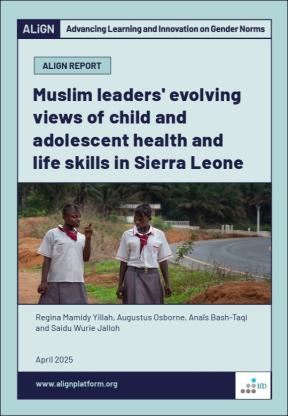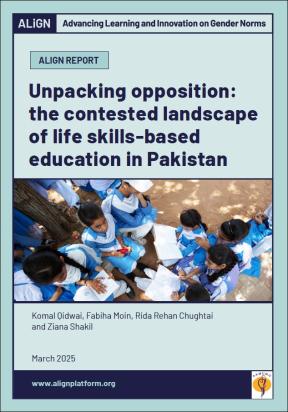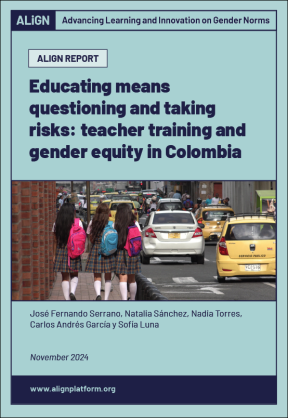- Journal article
- 18 juillet 2019
“It is a thing that depends on God”: barriers to delaying first birth and pursuing alternative futures among newly married adolescent girls in Niger
- Author: Ghazaleh Samandari, Carolyn Grant, Lily Brent, Sara Gullo
- Published by: Reproductive Health Journal

Background
Pregnancy among adolescent girls in Niger contributes to 34% of all deaths among females ages 15–19, but there is a dearth of research as to the specific contextual causes. In Zinder region, an area that is especially impoverished and where girls are at heightened risk, there is very little information on the main obstacles to improving adolescents’ health and well-being. This qualitative study examines the underlying social, individual and structural factors influencing married girls’ early first birth and participation in alternative opportunities (such as education or economic pursuits) in Niger.
Methodology
In July of 2017, researchers conducted in-depth interviews with a non-probability sample of community members in three communes of Zinder Region, Niger. Participants (n = 107) included adolescent girls, husbands of adolescent girls, influential adults, community leaders, health providers, and positive deviants. All interviews were transcribed, coded and analyzed using Dedoose software.
Results
Participants recognize the health benefits of delaying first birth, but stigma around infertility and contraceptive use, desire for children, and belief that childbirth is “God’s will” interfere with a girl’s ability to delay. Girls’ social isolation, lack of mobility or autonomy, and inability to envision alternatives to early motherhood compound the issue. Participants favor adolescents’ pursuit of increased economic opportunities or education, but would not support delaying birth to do so.
Conclusions
Findings indicate the need for a holistic approach to delaying early birth and stimulating girls’ participation in economic and educational pursuits. Potential interventions include mitigating barriers to reproductive health care; training adolescent girls on viable economic activities; and providing educational opportunities for girls. Effective programs should also include or target immediate members of the girls’ families (husbands, parents, in-laws), influential local leaders and members of the community at large.
Report
14 avril 2025

Report
26 mars 2025

Report
13 novembre 2024
